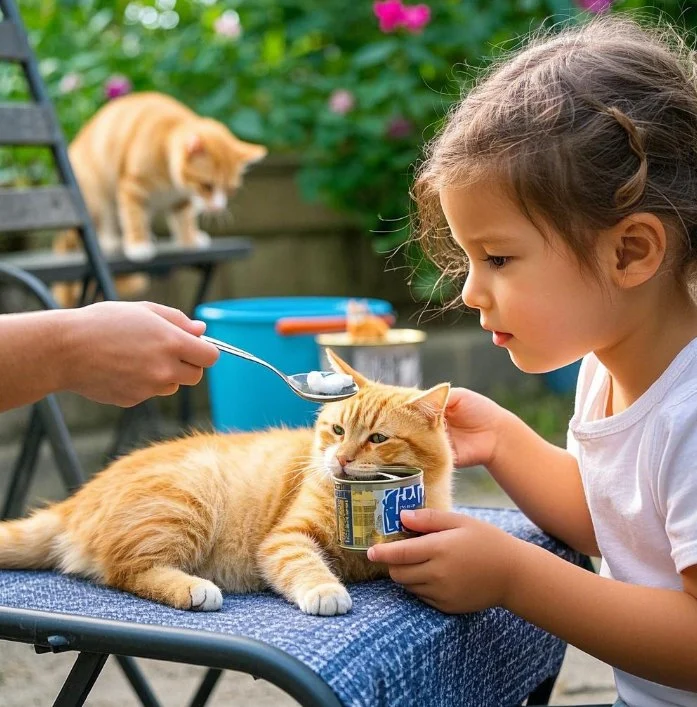
- 1. Understanding Cat Food Labels
- 2. Key Ingredients to Look for in Cat Food
- 3. Important Nutrients for Cats
- 4. Common Mistakes to Avoid When Choosing Cat Food
- 5. Real-Life Example: How to Choose the Right Cat Food
1. Understanding Cat Food Labels
When shopping for cat food, one of the most important skills you can have as a pet owner is the ability to read and understand the food labels. Just like human food products, cat food labels provide valuable information about the ingredients, nutritional content, and feeding guidelines of the product. However, the world of cat food labels can be a bit overwhelming, especially with all the marketing terms and different ingredients listed.
This guide will walk you through how to decode the labels on your cat's food to ensure you’re making an informed decision about their diet and health. Understanding these labels is crucial for meeting your feline friend's specific nutritional needs and avoiding the many gimmicks that can be found in the pet food industry.
2. Key Ingredients to Look for in Cat Food
One of the first things you’ll encounter on a cat food label is a list of ingredients. Ingredients are usually listed in descending order, meaning the first ingredient is the one that makes up the highest percentage of the food. Here’s a breakdown of what to look for:

Westwood Regional Veterinary Hospital
WestwoodBergen CountyNew Jersey
346 Kinderkamack Rd, Westwood, NJ 07675, USA
1. High-Quality Animal Protein
Cats are obligate carnivores, which means they require a diet high in animal-based protein. Look for named animal proteins like "chicken," "turkey," "lamb," or "beef" at the top of the ingredient list. These are good sources of the amino acids and proteins that cats need for muscle maintenance, energy, and overall health.
2. Animal Fats
Animal fats are an essential part of your cat’s diet, providing them with the necessary fatty acids, such as omega-3 and omega-6, that contribute to a healthy coat and skin. Look for fats from animals like chicken fat or fish oil, which are easily digestible for cats.
3. Healthy Carbohydrates
While cats don’t need as many carbohydrates as humans, they still require some energy from plant-based ingredients like rice, oats, or potatoes. Ensure the carbohydrates used are easy for your cat to digest, and try to avoid foods with too many fillers like corn or wheat.
4. Fiber
Fiber is important for digestive health, helping to prevent constipation and manage hairballs. Look for foods with moderate fiber levels from ingredients like pumpkin or psyllium. These can aid in proper digestion and help maintain a healthy weight.
3. Important Nutrients for Cats
In addition to the ingredients themselves, it’s important to understand the nutrients that should be present in your cat’s food. Here are the key nutrients to check for on the label:
1. Protein Content
Protein is the most important nutrient for your cat, especially animal protein. Cats need high levels of protein to maintain muscle mass and support their metabolic processes. Look for cat food that provides at least 30% protein, with animal-based sources listed as the primary ingredients.
2. Taurine
Taurine is an essential amino acid for cats that plays a key role in heart health, vision, and reproductive health. Since cats cannot produce taurine on their own, it must be included in their diet. Be sure the cat food you choose includes taurine, as it’s essential for their overall well-being.
3. Omega Fatty Acids
Omega-3 and omega-6 fatty acids are vital for maintaining healthy skin and coat. They also play a role in reducing inflammation in the body. Look for cat foods with fish oils, such as salmon oil, which are rich in omega-3s.
4. Vitamins and Minerals
Vitamins and minerals are critical for maintaining your cat’s immune system and overall health. Common vitamins and minerals found in cat food include vitamin A, vitamin D, calcium, and phosphorus. Always ensure the food provides balanced levels of these nutrients.
4. Common Mistakes to Avoid When Choosing Cat Food
Even with the best intentions, it’s easy to make mistakes when choosing the right food for your cat. Here are a few common pitfalls to avoid:
1. Falling for Marketing Gimmicks
Some pet food brands use marketing terms like “natural,” “holistic,” or “premium” to sell their products, but these terms often don’t mean much in terms of nutritional value. Always read the ingredients list and nutritional breakdown instead of relying on catchy marketing phrases.
2. Overlooking Your Cat's Specific Needs
Different cats have different nutritional needs based on their age, weight, and health. Kittens need more protein and fat, while senior cats may benefit from food that’s easier to digest. Make sure you select food that’s tailored to your cat’s life stage or specific health concerns.
3. Choosing Food Based Only on Price
Price is an important factor, but it shouldn’t be the only factor when choosing cat food. Cheap cat food often includes lower-quality ingredients or fillers that may not provide your cat with the nutrition they need. Invest in food that provides quality ingredients for long-term health benefits.
5. Real-Life Example: How to Choose the Right Cat Food
To better illustrate how to choose the right food for your cat, here’s a real-life example:
Case Study: Choosing the Right Food for Mittens
Mittens, a 3-year-old indoor cat, was having issues with hairballs and a dull coat. Her owner, Sarah, decided to switch to a higher-quality cat food that focused on digestive health and included omega-3 fatty acids for skin and coat health. After switching, Mittens’ coat became shinier, and her hairball issues were greatly reduced. Sarah also started using a food that was rich in protein and taurine to support Mittens’ energy levels and heart health.
This case highlights how paying attention to the nutritional needs of your pet and selecting high-quality food can make a significant difference in their overall health and well-being.
If you’re looking for high-quality cat food and expert advice on feline nutrition, visit Omnia Pet for recommendations on the best products for your pet.
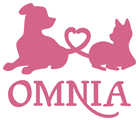



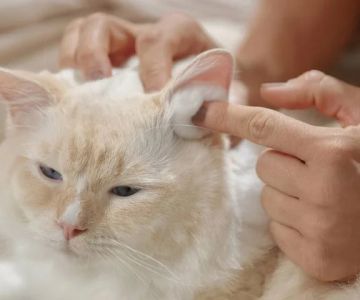


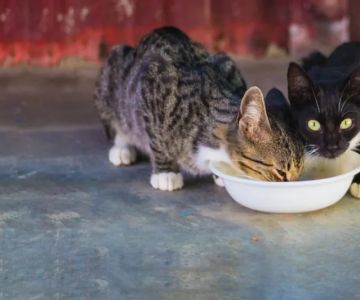
 REPTILE FACTORY4.0 (351 reviews)
REPTILE FACTORY4.0 (351 reviews) Afghanistan / Pakistan Ink Finger Prints for Passports3.0 (2 reviews)
Afghanistan / Pakistan Ink Finger Prints for Passports3.0 (2 reviews)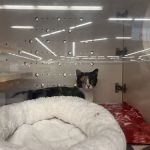 Petco4.0 (1297 reviews)
Petco4.0 (1297 reviews) Oaks Veterinary Urgent Care4.0 (100 reviews)
Oaks Veterinary Urgent Care4.0 (100 reviews) VIP Petcare Vaccination Clinic0.0 (0 reviews)
VIP Petcare Vaccination Clinic0.0 (0 reviews) Petco4.0 (867 reviews)
Petco4.0 (867 reviews) How to Tell if Your Kitten is Bonding with You
How to Tell if Your Kitten is Bonding with You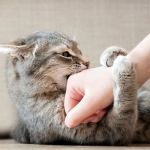 Why Does My Kitten Bite My Fingers? Play Aggression Explained
Why Does My Kitten Bite My Fingers? Play Aggression Explained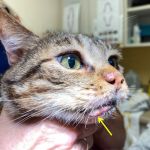 How to Help a Kitten with a Cold Sore: Essential Tips for Cat Owners
How to Help a Kitten with a Cold Sore: Essential Tips for Cat Owners How to Clean a Fish Tank Without Stressing Your Fish | Omnia Pet Guide
How to Clean a Fish Tank Without Stressing Your Fish | Omnia Pet Guide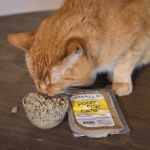 The Best Weight Management Diets for Overweight Cats: Expert Tips and Recommendations
The Best Weight Management Diets for Overweight Cats: Expert Tips and Recommendations Signs of Worms in Dogs and How to Get Rid of Them: A Guide for Pet Owners
Signs of Worms in Dogs and How to Get Rid of Them: A Guide for Pet Owners